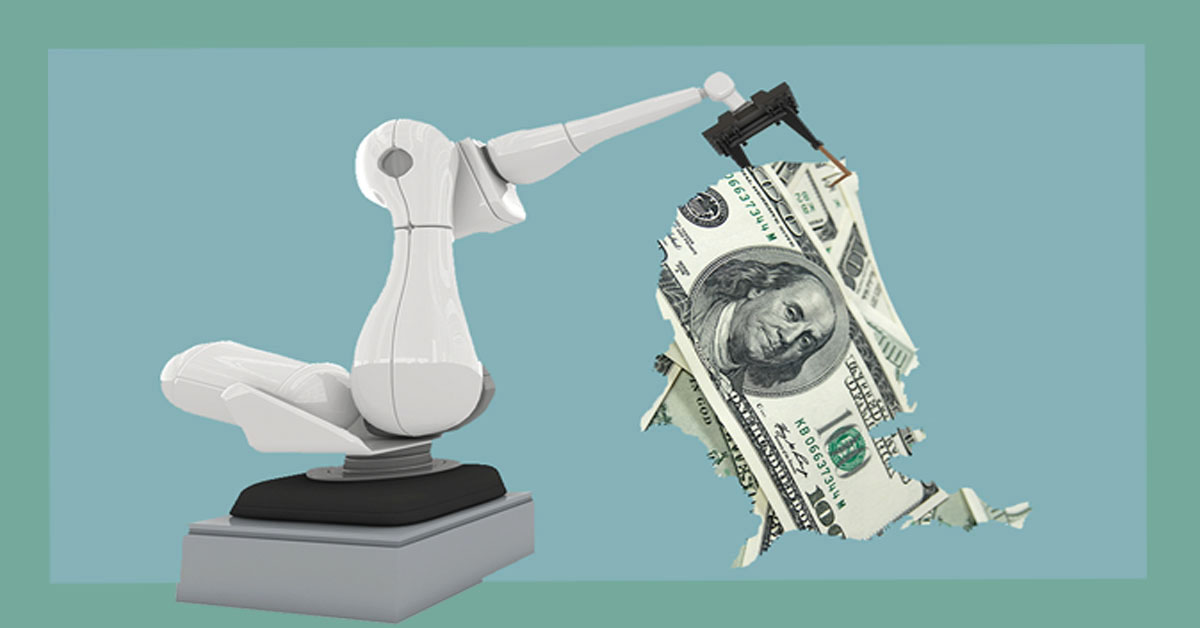For the past 50 years, everyone has heard that U.S. manufacturing was doomed. The costs of doing business domestically, including employee salaries, were simply too high to compete. And foreign governments, ranging from Mexico to China, didn’t weigh down manufacturers with regulations.
In the past decade or so, however, things have begun to change, and “reshoring,” the practice of bringing manufacturing and service jobs back to the U.S. from overseas, has gained strength. What started as a trickle of jobs coming back has turned into a torrent. According to the Reshoring Initiative (RI), a nonprofit advocacy group that tracks the number of jobs coming back to the U.S., an estimated 1,800 companies reshored at least part of their production to the U.S. last year.
RI reports that about 5,800 jobs were reshored in 2010, but this number was expected to exceed 350,000 jobs in 2022 alone. In total, RI estimates that more than 1.6 million jobs have returned to the U.S. from foreign countries in the past 12 years. The products returning to the states range from steel to computers to electronic vehicle batteries.
“I call it the death of a thousand cuts associated with the offshoring experience.”
– Harry Moser, founder and president, Reshoring Initiative
This resurgence has impacted industrial real estate. Companies need to build new factories, lease warehouse space and store products.
A 2022 study by commercial real estate services company JLL shows that there was 19.35 million square feet of manufacturing demand on the market. The firm was tracking more than 77 million square feet of manufacturing space being built across the country.
RI president Harry Moser offers a variety of reasons why the reshoring movement is gaining momentum now. The overall cost to produce goods overseas and ship them to other counties has risen considerably in recent years. And the U.S. still has major tariffs on Chinese goods, which has helped to level the playing field.
Some of the most important factors arose during the COVID-19 pandemic, when companies had to face the fear of disrupting fragile supply chains that were often tied to Asian suppliers. Layered on top of that were rising geopolitical tensions, most dramatically between Russia and the West.
“I call it the death of a thousand cuts associated with the offshoring experience,” Moser says. “There are duty costs, freight costs, travel costs, inventory problems, quality issues, intellectual property risks and more. Companies were coming to the conclusion that offshoring just wasn’t worth it.”
Moser says he’s talked to dozens of corporate executives who believe companies should think of leaving China as insurance. Just like companies get fire insurance, they should also have manufacturing operations in the U.S. and other countries, so they never have the fear of being cut off in China.
Moser founded the nonprofit RI to help companies shift the collective thinking from the idea that offshoring is cheaper to the concept that local production reduces the total cost of ownership. He describes academic research that looked at dozens of different import factors, including higher Chinese production costs, transportation costs and tariffs added during the Trump administration that range from 7.5% to 25% on most Chinese imports. When combined, the import prices for the highest-tariff items made U.S.-based manufacturers competitive about half of the time.
Other factors have played a role in stimulating the U.S. manufacturing sector, including the Biden administration’s passage of the Bipartisan Infrastructure Deal, the Build Back Better Act, and the CHIPS and Science Act. The infrastructure bills focus on using products made in the U.S., while the CHIPS bill allocates roughly $53 billion to help manufacture semiconductor chips in American plants.
But some experts say that the reshoring movement only partially explains what is happening. Richard Thompson, JLL’s international director for supply chain and logistics solutions, believes that reshoring is happening, but the bigger picture is more nuanced than that.
“I don’t think ‘reshoring’ is the right term,” Thompson says. “This isn’t an all-or-nothing proposition of companies either having their supply chain in China or in the U.S. What we are seeing is a regionalization of manufacturing. Companies want to get closer to their customers and reduce risks — and reduce costs and problems that they’ve experienced with supply chains, whether it’s a tsunami in Asia or a labor strike at the Port of Long Beach in California.”
Thompson says regionalization has been happening for many years, but it has become more prevalent recently. The idea is for manufacturers to still have suppliers in China, but they’ll also have operations in other Southeast Asian nations to reduce risk. This trend is benefiting the U.S. as well. He uses the example of automakers: U.S. car companies build all over the world while foreign firms build SUVs and sedans in the U.S.
Moser agrees that this trend will continue and says that it could possibly stretch for another 30 years. As the U.S. becomes more self-sufficient in manufacturing, it will reduce the nation’s trade deficit and create high-paying jobs.
“There will have to be 40% more manufacturing space,” Moser says. “That’s what it will take to balance the trade in goods and get rid of the $1.2 trillion trade deficit. This will take 40% more people, more space, more everything.” ●





